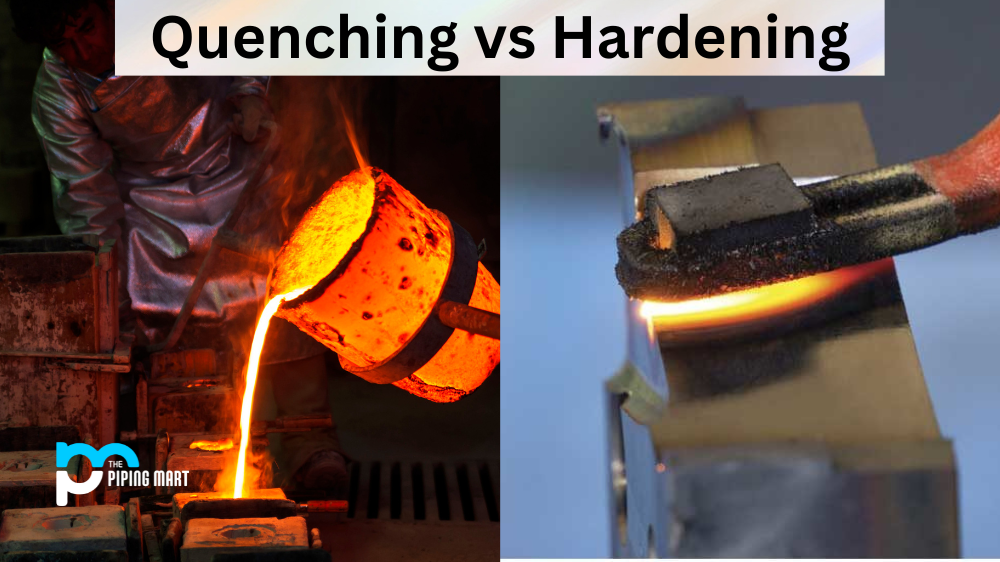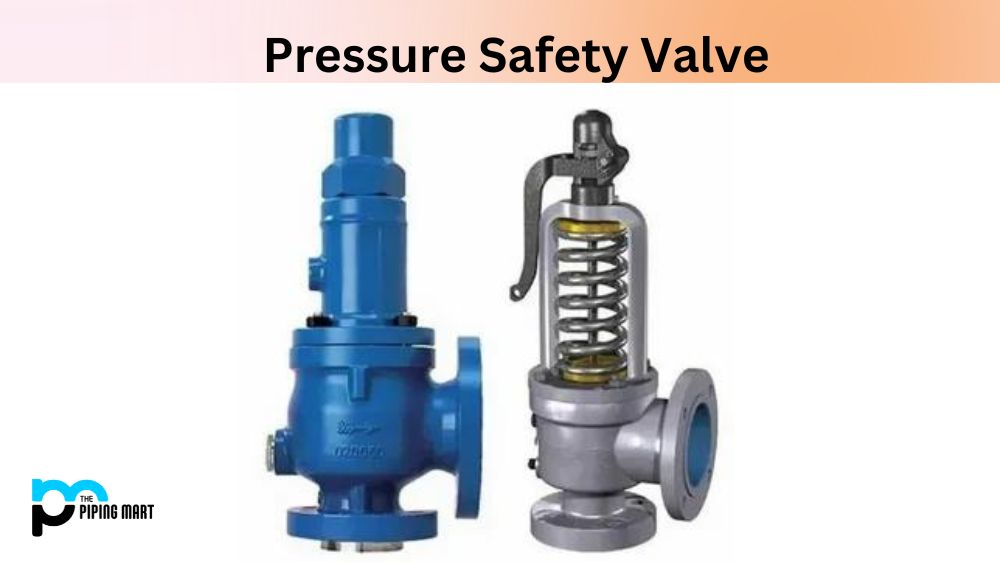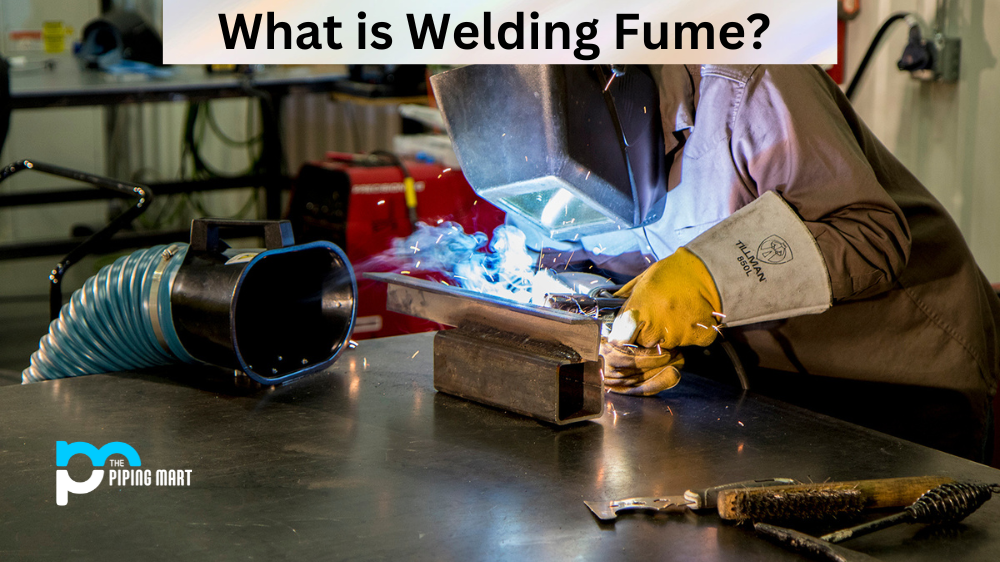In the world of metalworking, quenching and hardening are two processes that help to strengthen metal components. However, it’s important to understand the difference between these two treatments, as depending on your needs, one process may be more suitable than the other. Let’s explore what sets quenching and hardening apart so you can make an informed decision when it comes to treating your metals.
What is Quenching?
Quenching is a heat treatment process in which a metal component is rapidly cooled after being heated. This rapid cooling hardens the outer layer of the material while leaving the inner core of the material relatively soft. The overall effect of quenching is that it increases surface hardness and wear resistance while still providing some degree of flexibility. It also helps reduce brittleness, making it less likely for cracks to form under stress or strain. This makes quenching an ideal choice for parts that need to retain their shape over time or need to be repeatedly flexed without breaking down prematurely.
What is Hardening?
Hardening, like quenching, is also a heat treatment process used to increase hardness and wear resistance in metal components. However, unlike quenching, where only the outer layer of the material gets hardened, hardening affects both the inner and outer layers of the material. The result is a much harder and more brittle material with increased strength and durability – but also less flexibility than materials treated via quenching alone. Hardening is best suited for parts that do not require any flexibility or movement over time, such as moulds or die used in manufacturing components with consistent shapes and sizes.
Difference Between Quenching and Hardening
Advantages of Quenching
One of the main advantages of quenching is that it increases the hardness of the material more than hardening does. Additionally, quenching is generally faster than hardening, which can be important when time is a factor. Finally, quenching typically results in less distortion than hardening.
Advantages of Hardening
One of the main advantages of hardening is that it increases the material’s toughness more than quenching does. Additionally, hardening typically results in less distortion than quenching. Finally, hardening can be performed at lower temperatures than quenching, which can be important when working with materials that are sensitive to high temperatures.
Disadvantages of Quenching
One of the main disadvantages of quenching is that it can cause brittleness in the material due to the rapid cooling rate. Additionally, quenching can result in distortion if not done properly. Finally, quenching requires more careful monitoring than hardening due to the potential for problems such as cracking or warping.
Disadvantages of Hardening
One of the main disadvantages of hardening is that it takes longer than quenching. Additionally, hardening can result in distortion if not done properly. Finally, hardening can be performed at higher temperatures than quenching, which can be important when working with materials that are sensitive to high temperatures.
Conclusion:
In summary, understanding the difference between quenching and hardening can help you choose which process best suits your needs when it comes to strengthening metals for use in various applications. Quenching helps provide flexible yet strong parts, while hardening provides increased strength with less flexibility – perfect for parts needing no movement or shaping over time, such as moulds or dies used in manufacturing processes. Knowing which process to choose will help ensure you get just what you need from your metal components every time!

Abhishek is a seasoned blogger and industry expert, sharing his insights and knowledge on various topics. With his research, Abhishek offers valuable insights and tips for professionals and enthusiasts. Follow him for expert advice on the latest trends and developments in the metal industry.




